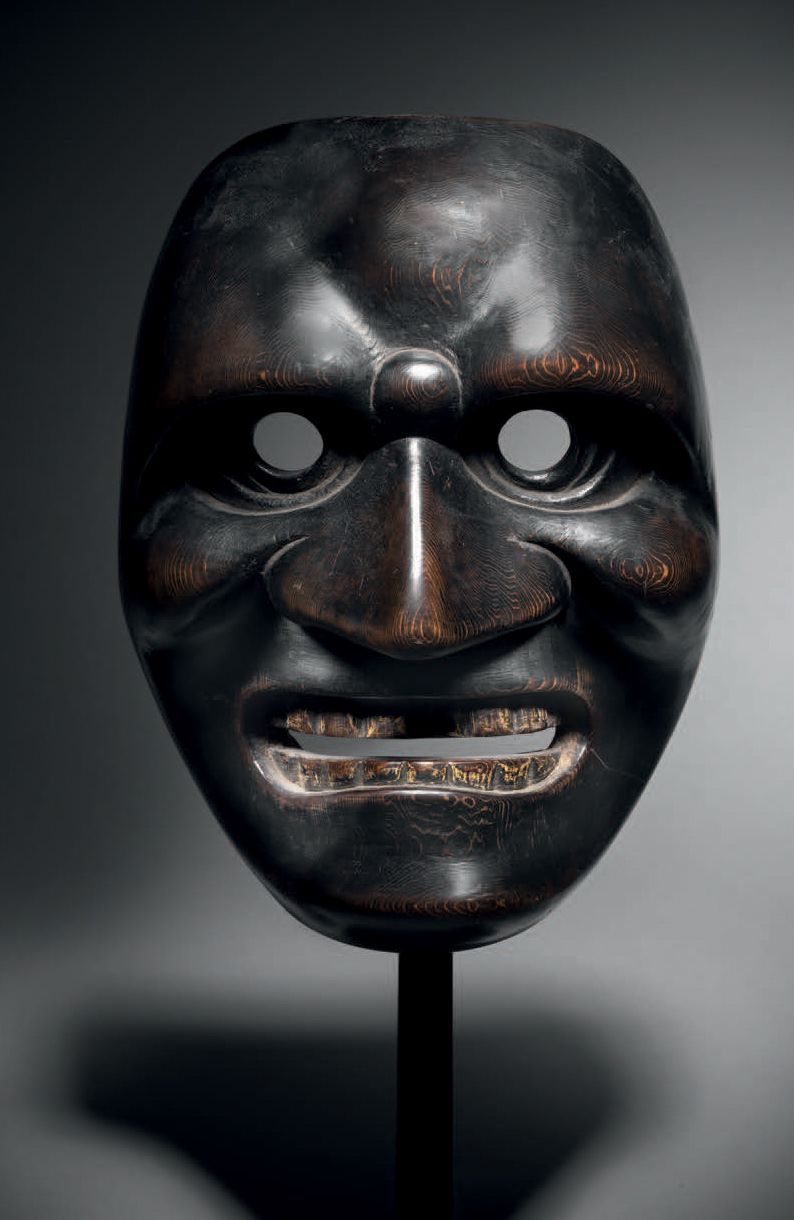Description
Mask of a fierce god, Tsurimanako ? Noh theater, Japan, 19th century H. 20,4 cm The masks of fierce gods are very expressive. Ours has eyes bulging out of their sockets, a contracted forehead, a blunt nose and an open mouth revealing teeth. Provenance: 2009-2022. Collection Liliane and Michel Durand-Dessert, Paris Acquired from the Valluet Gallery, Paris Collection Charles Gillot (1853-1903)
24
Mask of a fierce god, Tsurimanako ? Noh theater, Japan, 19th century H. 20,4 cm The masks of fierce gods are very expressive. Ours has eyes bulging out of their sockets, a contracted forehead, a blunt nose and an open mouth revealing teeth. Provenance: 2009-2022. Collection Liliane and Michel Durand-Dessert, Paris Acquired from the Valluet Gallery, Paris Collection Charles Gillot (1853-1903)
You may also like
